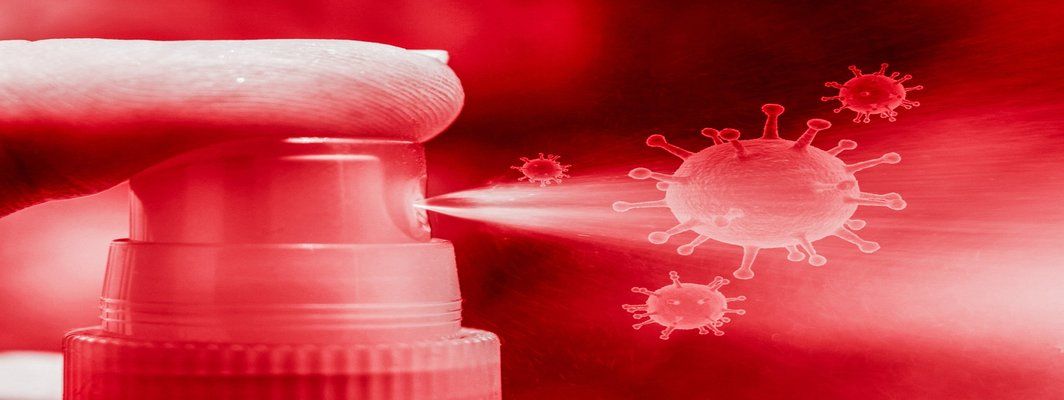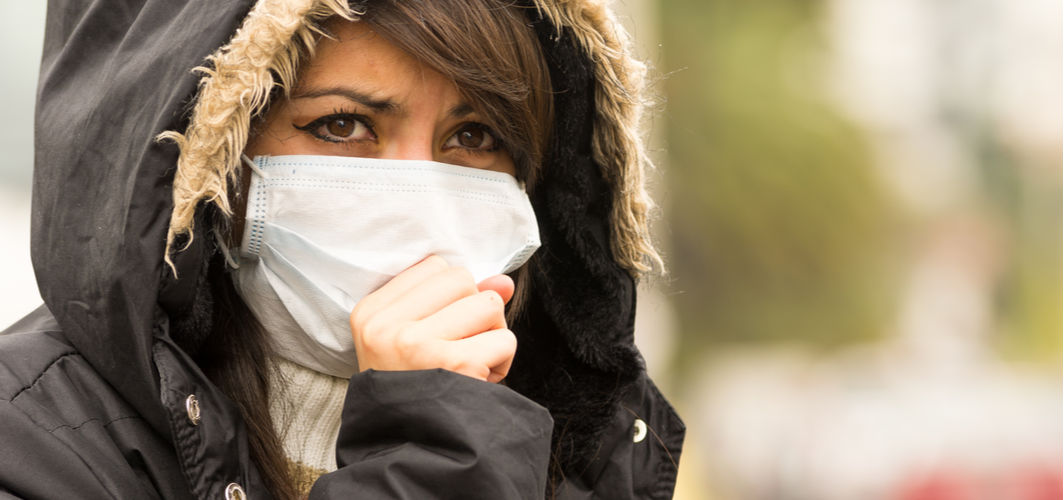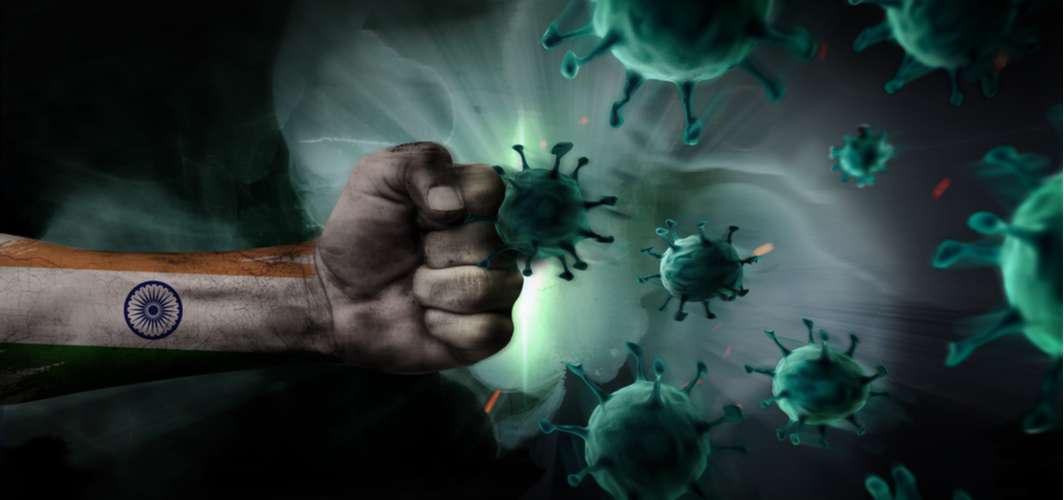Coronavirus Updates
What is ‘Coronavirus Herd Immunity’ and How It Can Be Attained
5 min read
By Apollo 24/7, Published on - 21 August 2020, Updated on - 18 October 2022
Share this article
5
19 likes

At this time of the COVID-19 pandemic, the term ‘herd immunity’ has garnered a lot of attention. Many discussions and debates have sparked on whether it will work against the Coronavirus. In this article, we will understand what herd immunity is, how it can be attained, and look at some early indicators of herd immunity in the context of COVID-19. We will also discuss if developing antibodies can ensure immunity against the Coronavirus.
What is herd immunity?
Herd immunity, also known as ‘community immunity’, occurs when a large part of the population becomes immune to a disease. This makes the further person-to-person spread of the disease unlikely, as there are fewer people that are susceptible to be infected. Herd immunity may reduce the vulnerability of high-risk groups which comprise newborn babies, pregnant women, elderly, people with co-morbid conditions, and individuals with weakened immune systems.
To achieve herd immunity, a minimum percentage of the population, known as ‘herd immunity threshold’ needs to be infected with the disease in question. For example, if a COVID-19 positive patient is surrounded by people who are vaccinated against the Coronavirus or have developed immunity through prior infection, the disease will not be easily transmitted. This may lead to the quicker disappearance of COVID-19.
How can herd immunity be attained?
As stated above, herd immunity for a disease can be achieved if a certain percentage of the population is infected with a virus. This figure can vary depending on the type of virus and disease. Herd immunity can be achieved in the following ways:
- Vaccination: A vaccine contains dead or weakened pathogens (virus, bacteria) that are injected into an individual to evoke their immune system against that specific strain of virus or bacteria. As a result, the person becomes immune (by developing antibodies) to that disease and indirectly stops the spread of disease to unvaccinated persons.
- Already infected: When a person gets infected with pathogens, acquired immunity develops which results in the activation of B cells, T cells, and immunoglobulins (IgE, IgM, IgG, etc.). After a certain period of infection, antibodies develop against that pathogen and eliminate it.
Studies on herd immunity in India
A serological survey is conducted to assess the prevalence of a disease in the community. It is done by analyzing the presence of antibodies in samples of the population. The higher number the percentage of people in the population who have been detected with antibodies, the closer that community may be to attaining herd immunity, thereby slowing down the further spread of the disease.
- Delhi serological survey: Two surveys have been conducted by the Delhi government along with the National Center for Disease Control, India (NCDC). In the first survey conducted between June 27-Jul 10, 21,387 samples collected from 11 districts revealed that 22.86% of the population had developed antibodies against COVID-19. In the second survey conducted between Aug 1 – Aug 7 for a sample size of 15,000 people, it was found that 29.1% of the population had developed antibodies, an increase from the previous survey.
- Pune serological survey: In a similar survey conducted in the city of Pune between July 20-Aug 5, a survey was conducted on 1664 individuals from five high-incidence areas. The study revealed that 51.5% of this group had developed antibodies. The results further showed that the numbers varied significantly based on the type of dwelling units – 62.3% of residents living in hutments compared to 33.2% of people in apartments, had developed antibodies.
- Dharavi serological survey: The first survey conducted in July collected samples from 6,936 people across the city of Mumbai, revealed that 57% of the population living in the slum areas had developed antibodies. In another survey recently done by a private lab in Mumbai, 8,376 samples were studied which showed that 28.89% of the overall population from where the samples were collected had developed antibodies. Within this population, samples from residents living in the slum areas of Dharavi and Govandi showed that 54-57% of the community had developed antibodies.
Can herd immunity threshold be achieved in India?
The serological surveys conducted in different parts of the country could be early indicators that several areas within cities could be steadily reaching the threshold requirement of building herd immunity. In places like Dharavi where a larger proportion of the population has already been infected and has developed antibodies, new infection numbers appear to have slowed down considerably.
Various researchers and experts have pegged the herd immunity threshold value anywhere between 40-70%. They also maintain that herd immunity is better attained in closed or isolated groups of the population. But it is hard to identify such closed group populations with no movement. Hence, the exact number at which herd immunity kicks in is still debatable and needs more surveys and studies.
Conclusion
Herd immunity prevailing in the world's second-most populous country cannot be the only solution to overcoming the pandemic and other strategic options like vaccination are also being accelerated. So while the herd immunity effect slows down the daily infection numbers and the COVID-19 vaccine efforts are gathering pace, we have to continue to carefully follow social distancing, hand hygiene, cough etiquette, using masks, and disinfection protocols to ensure safety against this viral infection.
Coronavirus Updates
Leave Comment
Recommended for you

Coronavirus Updates
Mucormycosis: Black Fungal Infection in COVID-recovered Patients
Besides infections such as oropharyngeal candidiasis, pneumonia, etc., doctors have also reported several cases of a serious fungal infection called mucormycosis in COVID-infected patients.

Coronavirus Updates
A Quick Guide to Buying The Most Effective Sanitizers Available in The Market
With many hand sanitizers options available in the market, you may be confused on which one to pick. This article can serve as a guide to buying the most effective sanitizer that will help fight the Coronavirus.

Coronavirus Updates
How Air Pollution Could Aggravate the COVID-19 Pandemic
Various studies conducted in different parts of the world have concluded that particulate matter (pollutant particles in the air) aid the transmission of COVID-19.
Subscribe
Sign up for our free Health Library Daily Newsletter
Get doctor-approved health tips, news, and more.
Visual Stories

Can India Beat the COVID-19 Surge?
Tap to continue exploring
Recommended for you

Coronavirus Updates
Mucormycosis: Black Fungal Infection in COVID-recovered Patients
Besides infections such as oropharyngeal candidiasis, pneumonia, etc., doctors have also reported several cases of a serious fungal infection called mucormycosis in COVID-infected patients.

Coronavirus Updates
A Quick Guide to Buying The Most Effective Sanitizers Available in The Market
With many hand sanitizers options available in the market, you may be confused on which one to pick. This article can serve as a guide to buying the most effective sanitizer that will help fight the Coronavirus.

Coronavirus Updates
How Air Pollution Could Aggravate the COVID-19 Pandemic
Various studies conducted in different parts of the world have concluded that particulate matter (pollutant particles in the air) aid the transmission of COVID-19.